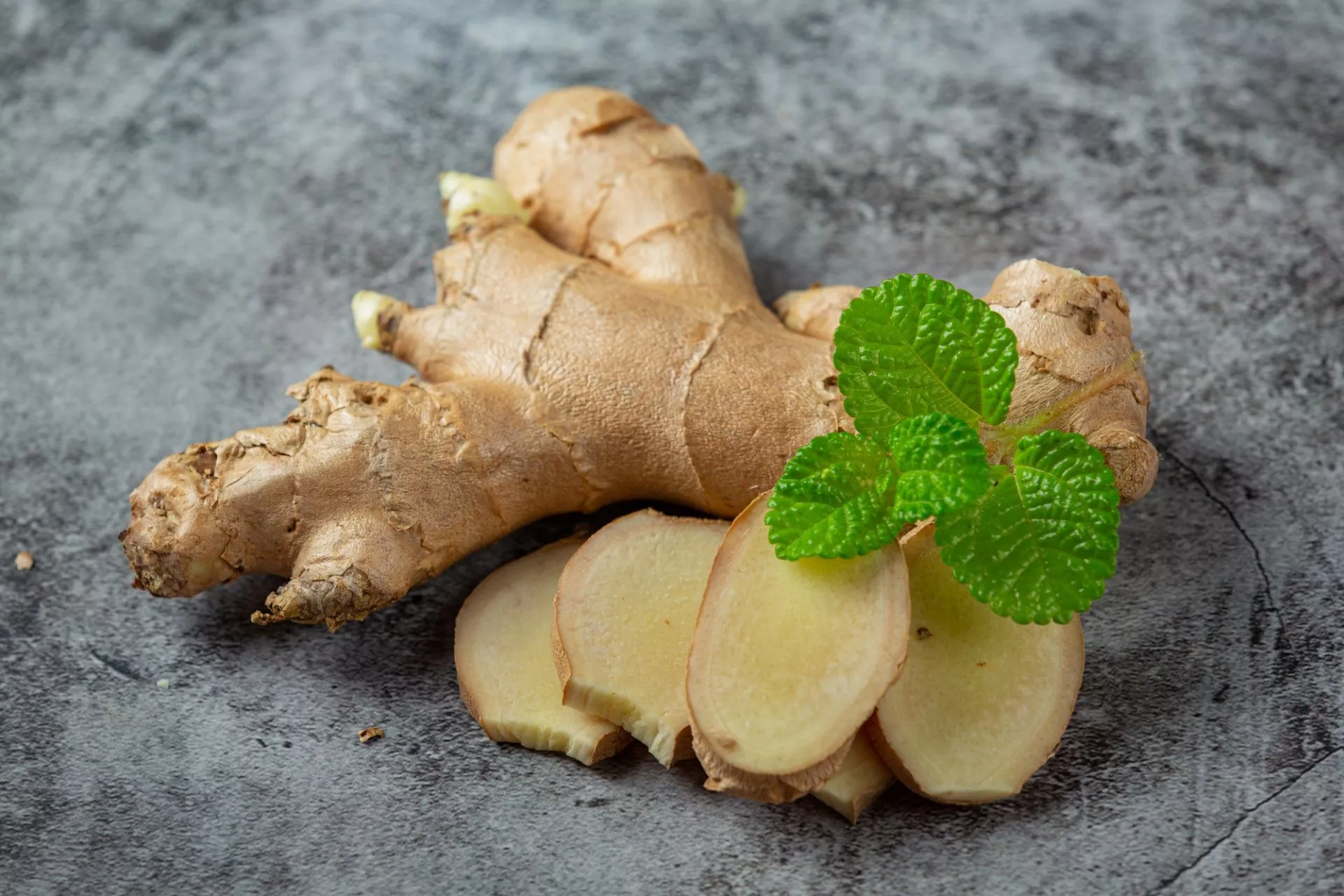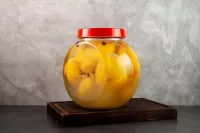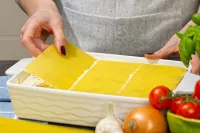Uses of Ginger
Ginger has many culinary applications and is used in various ways, with vegetables, pickles, candy and even in alcoholic drinks. This fragrant spice is juicy and fibrous and can be peeled, chopped and grated to be used in different dishes. One role for ginger is in traditional Indian 'Ayurvedic' medicine, and is used in many hot and cold drinks. It is often used in vegetarian meals too, like lentil curries, by making a ginger garlic masala.
In Burma, they often use preserved shredded ginger with seeds and nuts in side salads, commonly called Gyin-Thot. For the people of Thailand, it is made into a paste and used in many chilli hot dishes.
For many of us, it's just simply great served as a tea with lemon and honey or in a stir-fry as it adds a lot of aromatic flavours.
Ginger and Health
Alongside its wonderful flavour, there are many associated health benefits to eating ginger in its various states. It is an excellent natural remedy for nausea relief as it increases the stomach's digestive function. It is also very high in antioxidants that help to manage free radical cells in the body.
Peeling Ginger with a Spoon
One way to peel ginger is with a teaspoon or a small spoon. Yes, it sounds a little strange but try it, as it is a very effective method to peel off the thin brown skin of a piece of ginger. Hold the ginger root firmly in one hand and then scrape with the edge of a spoon with the other. Obviously, like most culinary methods this may take a little practice, and you may have to try a different spoon to get the right edge that's best for the task. Work away with the spoon's edge to expose just enough ginger as you need. This way, the remaining ginger with its skin intact will keep longer in the fridge for the next time you need some.
Chopping and Mincing
One of the best ways of tackling ginger is to cut against the direction of the fibres into coin-shaped pieces and then slice these up into suitable-sized pieces depending on the required outcome. For some dishes you can 'julienne' into thin matchsticks which will allow the aromatic flavours to be readily released when cooking. If you fancy making candied ginger, then simply use the coin-shaped pieces, which are ideal for preserving.
Grating Ginger
One top tip is if you want to grate ginger, use a frozen stem. This can be easily stored in the freezer in cling film or in a plastic storage bag until required. Now all you need to do is grate away the quantity you need with a suitable grater. It is possible to use a so-called micro-grater for a finely grated finish! Just as we advise for slicing grate across the direction of the fibres for the best results!

 How to Preserve Lemons
How to Preserve Lemons How to Make Lasagne
How to Make Lasagne



